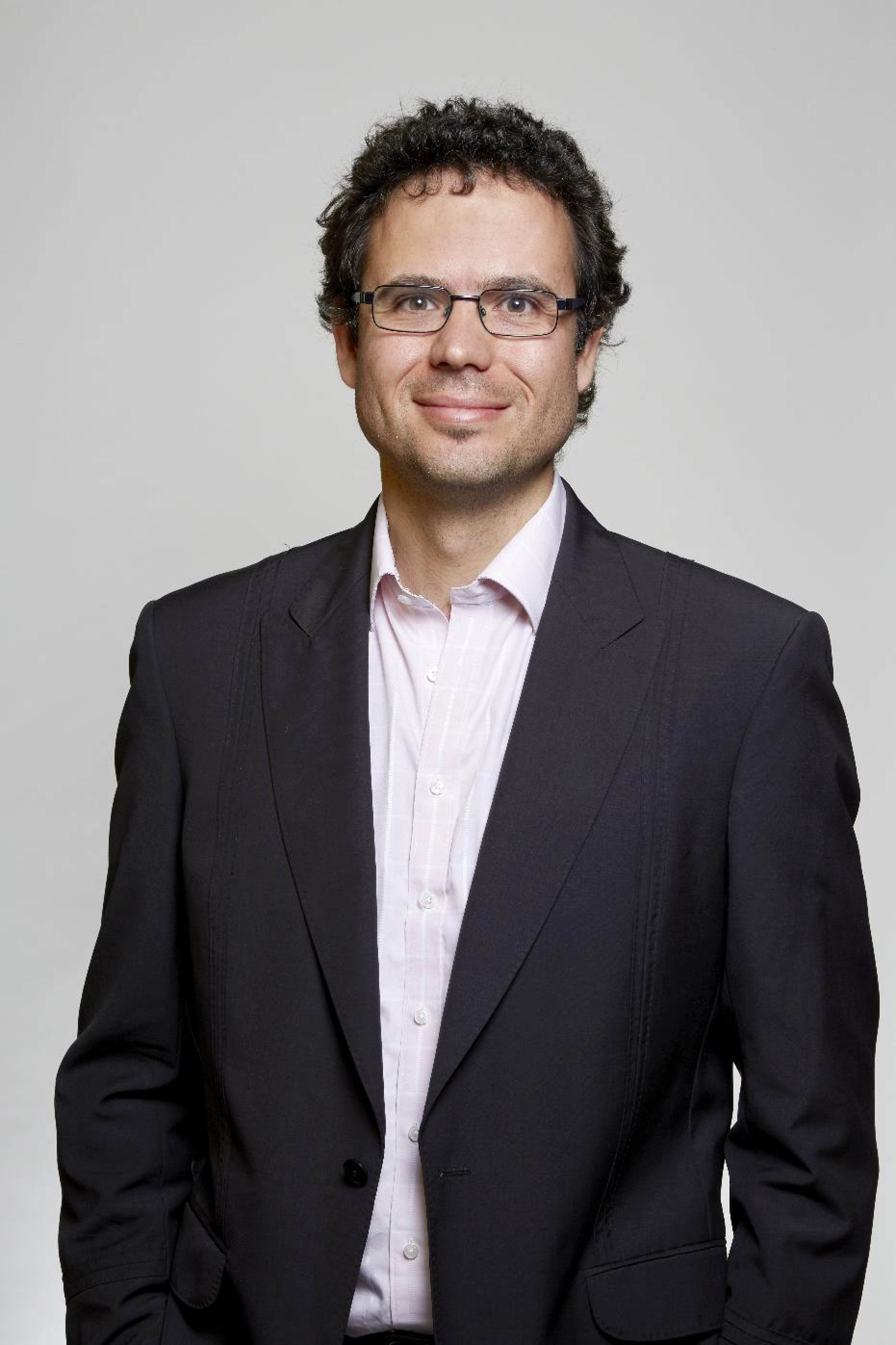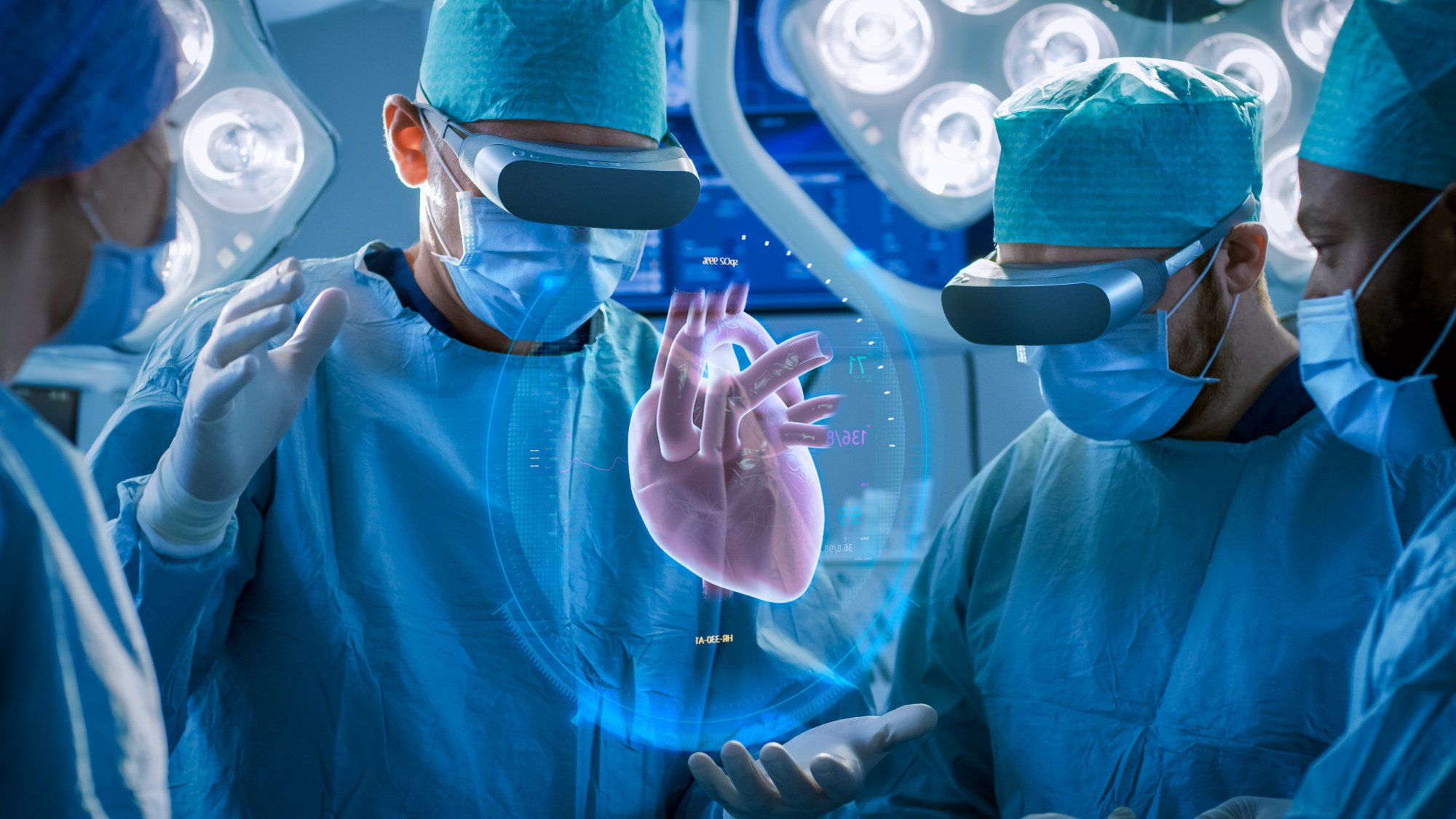
Scientists develop technology to improve heart problems’ diagnosis and treatment – including an iPhone app to record your heartbeat
- Researcher developing technology to make a detailed ‘twin’ of a patient’s heart for doctors to plan surgery better sees potential in an iPhone app he built
- The Echoes app uses an iPhone microphone to record your heartbeat, and could become a diagnostic tool. A fellow scientist is trialling VR to read heart scans
The heart is a complex organ, and decisions about its health and treatment are often specific to individual patients. Personalised healthcare is therefore well suited to heart problems.
Two researchers at the School of Biomedical Engineering and Imaging Sciences at King’s College, London, are developing ways for cardiologists and surgeons to learn more about the different hearts they are treating, including an app called Echoes whose users can help researchers compile useful data.
The two spoke at a recent “New Scientist Live” event in London.
Pablo Lamata de la Orden is a Wellcome Senior Research Fellow at the school. One of his research projects is Echoes. The app enables individuals to use the microphone on an iPhone to record their heart.

The app currently has no diagnostic purposes – it was developed so users could learn a bit more about how their heart works – and send in recordings (anonymously) to add to the database.
“It’s meant to be a public engagement tool, something that you can use to learn more about your machinery,” says Lamata. “It’s beautiful when you start learning about how your heart works. I still get a sense of wonder about this after 14 years.”
Lamata’s team is planning to further develop the technology to be used as a diagnostic tool – and iPhone users can be a part of that research by submitting their own heart recordings via the app, which is available free from the Apple App Store.
“Our road map is to develop this into a diagnostic tool. We have about 5,000 recordings, and the data is anonymised. The quality of the recording is good. The question is, can we use them to do a clinical diagnosis?
“We are comparing what we record to what is recorded during a visit to a hospital. If the patterns in the sound are similar to the patterns recorded with an electrocardiogram, we will be going in that direction.”
Recording the sounds of the body for use in diagnostic computer programs is a growing area of medical research. But most apps using such tech currently stop short of functioning as diagnostic tools.

“This app allows you to listen to the sound of your heart with a low-end microphone that was made for talking, not for diagnostic purposes.
“Even with a low-end mic, can we still find some useful information about conditions – for instance, the sounds that happen when you improperly open and close the [heart’s] valve?” says Lamata.
The quality of the sonic data an iPhone provides has proved surprisingly good, he says, although he notes that they have not yet developed an app for Android devices – as their microphone quality varies widely.

Lamata’s general research focuses on developing technology that can be used to build a detailed “twin” of a patient’s heart.
“We develop ‘computer games’, computer simulations for cardiologists to better understand the health of the heart they are looking into, and how to make simulations about the future,” Lamata says.
By simulating the physics, the heart’s electrical activity, the mechanical contractions and the flow, and combining it with machine learning, they are able to build a detailed twin – “a computational replica of somebody’s heart”.

The more information that a cardiologist has about the condition of a patient’s heart, the better the treatment outcome, he explains.
“The idea is to inform decisions … about why the heart is sick, and then inform the planning about how to intervene. For instance, to enable better planning for a pacemaker configuration and where to place it.
“We hope [what we develop] will enable better planning for heart procedures all around,” Lamata says.

Dr Kuberan Pushparajah is a clinical senior lecturer in paediatric cardiology at the school and a practising cardiologist with a research interest in 3D and virtual reality imaging of the heart.
Virtual reality, or VR, is sometimes used to train medical students in heart surgery. Pushparajah and his team have developed technology to make a VR representation of an individual patient’s heart, so cardiologists and surgeons can refine their treatment.
“I help children and adults with structural diseases of their hearts,” Pushparajah says. “Part of what I do is medical imaging. If you want to understand the problem of a patient’s heart effectively, you need to examine the patient, and part of that involves doing a scan. It can be an ultrasound scan, an fMRI scan, or a CT [computerised tomography] scan.”
“We can take all kinds of scans and put them in a VR environment so that the treating cardiologist, or the surgeon, or the patients themselves, can look at the data and understand it in a much more meaningful way.”
People are known to be reticent about wearing VR headsets, and the researchers had worried that their new techniques would meet resistance. But that wasn’t the case.
“We tested the headset on patients and surgeons, and they said, ‘Oh wow, this is amazing, I can see things really clearly’. That included surgeons who had been doing it for 30 years.
“They said that if they had this technology back then – and if they could have it now – they would have been able to treat their patients better. So we decided to keep going,” he says.
Good planning is imperative for heart surgery, Pushparajah says.
“If you have a very complex heart problem, if your surgeon understands the details of that problem in advance of the operation, they can prepare for it. They can also keep you better informed … it can enhance communications between the surgeon and the patients,” Pushparajah says.
The nature of the VR model means that other surgeons can look at the heart and give advice, from anywhere in the world. “This is powerful stuff, especially for rare diseases,” he says.
Pushparajah is looking for a commercial partner to make the technology more available. “We don’t just want this to be something that sits on our lab bench, and then we write about it in a scientific publication and everyone says well done. We want to use this to help people.”
